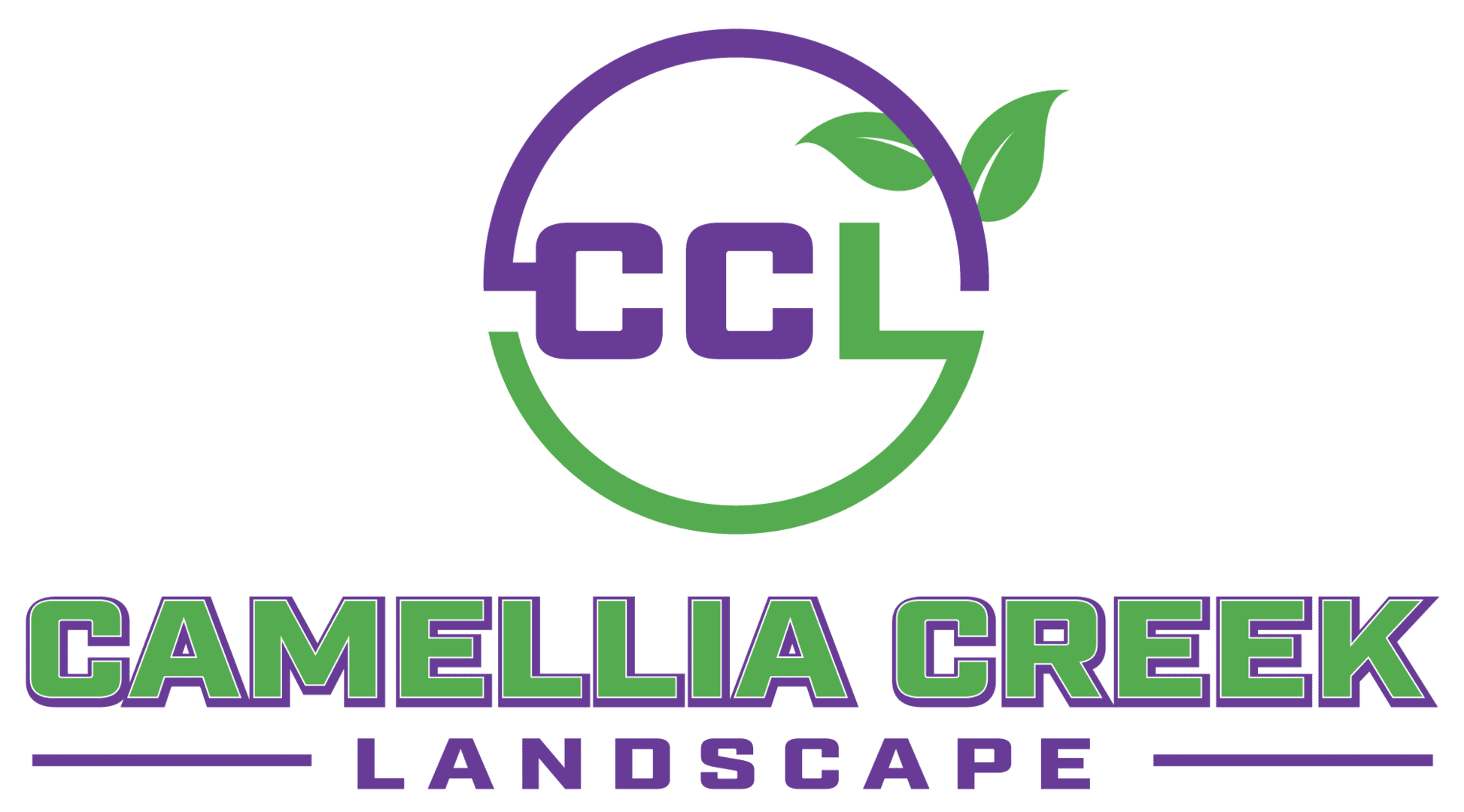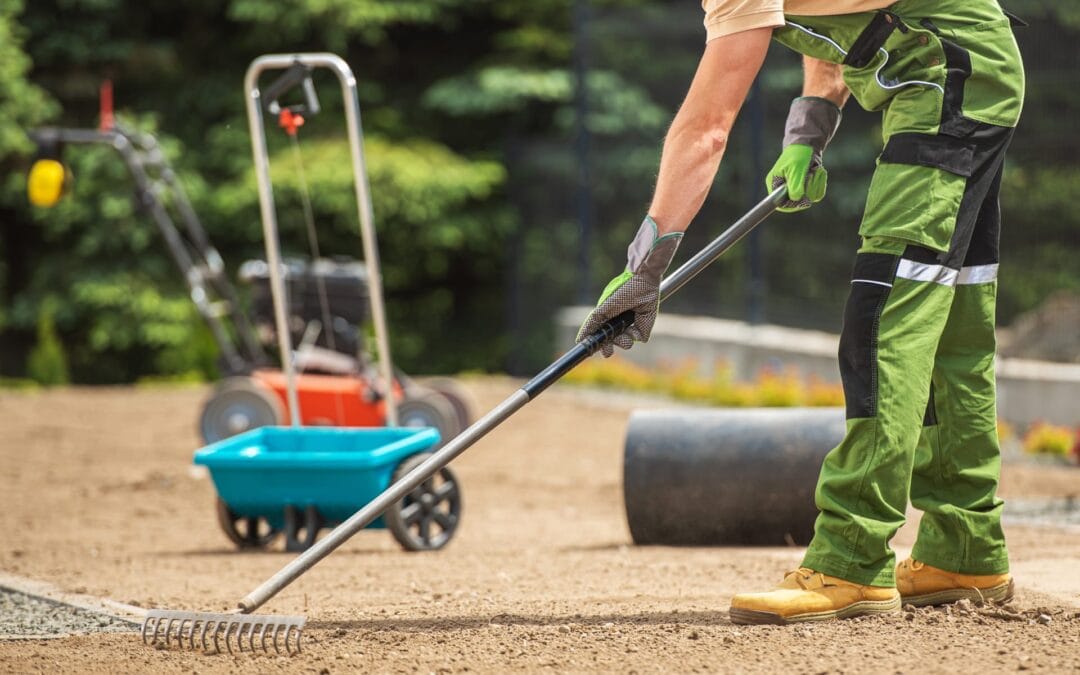Yard leveling is an essential aspect of maintaining a healthy and attractive landscape. Uneven lawns, poor drainage, and soil erosion can all point to the need for professional intervention. Recognizing the signs early can save homeowners and business owners from more significant issues down the road. Let’s explore what those signs are and how to spot them, ensuring that your yard remains in top shape.
Identifying Yard Leveling Issues
Spotting the need for professional yard leveling isn’t always straightforward. An experienced landscaper might recall a situation where a homeowner struggled with persistent puddling after every rainstorm. Despite attempts to remedy the issue on their own, the problem persisted until a professional evaluation revealed the need for yard leveling. Many common issues can go unnoticed until they become a bigger problem, which is why understanding these signs is crucial.
- Yard leveling problems can cause long-term damage if not addressed.
- Many homeowners and business owners aren’t aware of the early signs.
- Professional landscapers can quickly identify issues that may be overlooked.
Uneven Lawn Surface
One of the most apparent indicators that your yard may need leveling is an uneven lawn surface. This can make mowing difficult, and the uneven patches often cause an unsightly appearance. Uneven lawns can develop over time due to settling soil, tree root growth, or improper installation of sod. When left unaddressed, this can lead to more severe landscape problems.
- Uneven lawns can affect the overall aesthetics of your property.
- Difficulties in mowing can indicate that your lawn is uneven.
- Tree roots and settling soil are common causes of uneven lawns.
Puddles After Rain
Water pooling in your yard after a rainstorm is another clear sign that professional yard leveling is needed. Standing water is not just an inconvenience; it can lead to the growth of mold, attract mosquitoes, and even damage your plants. This issue often occurs because of improper grading, where the slope of the land does not allow water to drain correctly. Professional landscapers can assess and correct the problem before it leads to more significant issues.
- Puddles can cause soil erosion and damage to plants.
- Standing water is a breeding ground for mosquitoes and mold.
- Improper grading often causes water drainage issues.
Water Drainage Issues
Proper drainage is essential for maintaining the health of your landscape. When water doesn’t drain properly, it can lead to a host of problems, including soil erosion, foundation damage, and unhealthy plant growth. Landscapers understand how crucial it is to address water drainage issues promptly, and yard leveling is often a key solution. By leveling the yard, water can flow away from your home or business, preventing these common problems.
- Poor drainage can lead to soil erosion and foundation issues.
- Unhealthy plant growth often indicates water drainage problems.
- Proper grading and leveling can prevent water from pooling.
Soil Erosion Signs
Soil erosion is a subtle but significant indicator that your yard needs leveling. It often occurs gradually and can be difficult to notice until it has caused considerable damage. Soil erosion can weaken your lawn, expose roots, and even lead to foundation problems if not corrected. Landscapers have the expertise to spot early signs of erosion and recommend leveling as a solution.
- Exposed roots are a sign of soil erosion.
- Weakened lawns often result from soil erosion.
- Foundation issues can develop due to prolonged erosion.
Sloping Yard Problems
A sloping yard can create various challenges, particularly when it comes to maintaining a healthy landscape. Slopes can cause water to run off too quickly, leading to erosion and nutrient loss. Additionally, sloping areas are more prone to developing bare patches where grass and plants struggle to grow. Leveling the yard helps to mitigate these issues and create a more stable environment for your landscape to thrive.
- Slopes cause rapid water runoff and nutrient loss.
- Bare patches in grass can indicate sloping problems.
- Leveling helps create a stable and even yard.
Sunken Areas in Yard
Sunken areas are another common sign that yard leveling is necessary. These depressions can develop due to various reasons, such as settling soil, decaying roots, or improper compaction during construction. Sunken areas not only affect the appearance of your yard but can also become tripping hazards and lead to further landscape issues. Professional landscapers can assess the extent of the problem and level the yard to eliminate these risks.
- Sunken areas can become tripping hazards.
- Settling soil and decaying roots often cause sunken areas.
- Leveling can restore the evenness of your yard.
Challenges with Landscaping
Difficulty in achieving desired landscaping results might signal the need for yard leveling. If your plants are struggling, or if you find it challenging to create a cohesive landscape design, the underlying issue could be an uneven yard. Proper leveling ensures that plants receive the right amount of water and nutrients, helping your landscape flourish. Landscapers can evaluate the situation and recommend the best course of action to ensure your landscape’s success.
- Uneven yards make it difficult to design a cohesive landscape.
- Struggling plants may indicate underlying leveling issues.
- Proper leveling helps ensure even distribution of water and nutrients.
Final Thoughts on Yard Leveling
Yard leveling plays a vital role in maintaining the health, safety, and appearance of your landscape. Recognizing the signs early can prevent more significant issues, save money, and enhance the beauty of your property. Uneven lawns, poor drainage, soil erosion, sloping problems, and sunken areas are all clear indicators that professional leveling may be necessary. Landscapers have the expertise and tools to address these issues effectively, ensuring your yard remains in optimal condition.
Key takeaways about signs your yard needs leveling
- Uneven surfaces, puddling water, and poor drainage are common signs.
- Soil erosion and sunken areas indicate the need for professional intervention.
- Landscapers are equipped to assess and address these issues, ensuring a healthy yard.
Frequently Asked Questions about yard leveling
- How often should yard leveling be done?
- Yard leveling should be evaluated every few years, especially after significant changes such as construction, severe weather, or tree removal.
- Can yard leveling be done on a budget?
- Yes, some minor leveling projects can be done cost-effectively, but it’s crucial to have a professional assess the situation to avoid future expenses.
- What’s the difference between grading and leveling?
- Grading involves shaping the ground to direct water flow, while leveling focuses on creating a flat surface.
- Is yard leveling a DIY project?
- While some small areas can be leveled by homeowners, larger or more complex projects should be handled by professionals to ensure proper results.
- How long does yard leveling take?
- The duration of a yard leveling project depends on the size of the yard and the extent of the leveling required, typically ranging from a few days to a week.

